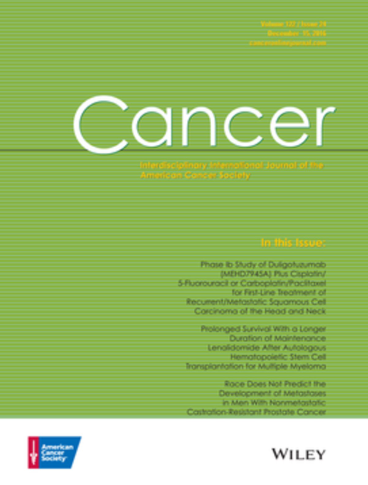Identification of HEPACAM2 as a novel and specific marker of small cell carcinoma
Abstract
Background
Small cell lung cancer (SCLC) is the most aggressive neuroendocrine lung cancer, with a dismal 5-year survival rate. No reliable biomarkers or imaging are available for early SCLC detection. In a search for a specific marker of SCLC, this study identified that hepatocyte cell adhesion molecule 2 (HEPACAM2), a member of the immunoglobulin-like superfamily, is highly and specifically expressed in SCLC.
Methods
This study investigated HEPACAM2 expression in patients with SCLC via RNA sequencing and evaluated its relationship to progression-free survival (PFS) and overall survival (OS). Immunofluorescence microscopy was used to assess the cellular location of HEPACAM2 and to conduct in vitro and in vivo studies to understand its expression and functional significance. These findings were integrated with databases of patients with SCLC.
Results
HEPACAM2 is highly expressed and specific to SCLC. HEPACAM2 levels are inversely correlated with PFS and OS in patients with SCLC and are expressed at all stages. Moreover, HEPACAM2 messenger RNA and its peptides can be detected in the secretomes in cell lines. Positively correlated with ASCL1 expression in SCLC tumors, HEPACAM2 is localized primarily to the plasma membrane and linked to extracellular matrix signaling and cellular migration. A loss of HEPACAM2 in SCLC cells attenuated ASCL1 and MYC expression. Consistent with clinical data, in vitro and in vivo studies suggested that HEPACAM2 promotes cancer cell growth.
Conclusions
With its remarkable specificity, high expression, presence in early disease, and extracellular secretion, HEPACAM2 could be a potential diagnostic cell surface biomarker for early SCLC detection. These findings warrant further investigation into its role in the pathobiology of SCLC.




 求助内容:
求助内容: 应助结果提醒方式:
应助结果提醒方式:


